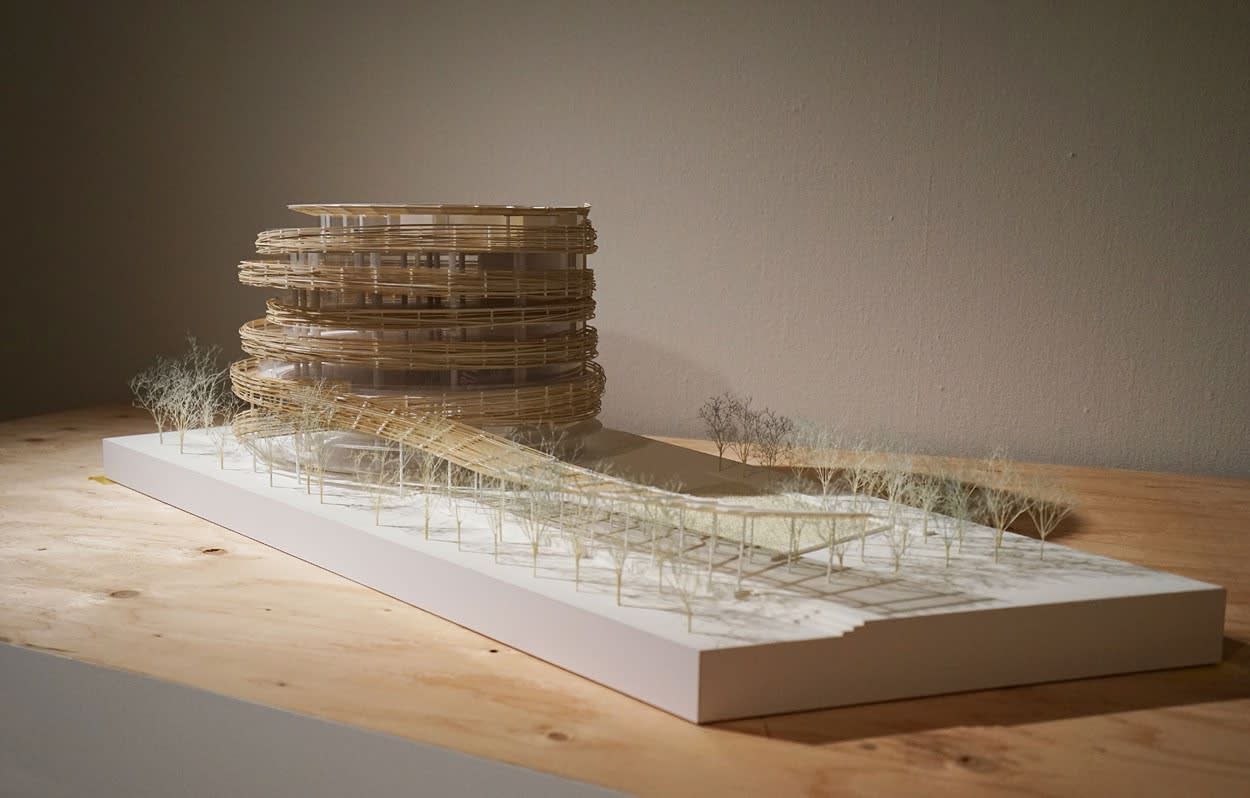Given the great success achieved last year, we couldn't help but offer you this year too a small guide dedicated to the best architecture exhibitions to visit during the summer period, perhaps - if ever possible - for you when you start to be a little ' experienced by “sweet doing nothing”.
The guide-list that we present to you is the result of in-depth editorial research and includes the 10 best architecture exhibitions currently underway in Europe, excluding those already reviewed on weArch, whose links, however, you can, in any case, find at the bottom of the article.
There are exactly 10 exhibitions selected (we had to make some illustrious exclusions, such as Plečnik in Vienna), some of them end in September, others in 2024 and others are even permanent. We didn't want to make a ranking - they are all beautiful and interesting, really - so we decided to present them starting "from the top", from the north towards the geographic south, from Sweden to Portugal, probably influenced by the scorching heat that has characterized many of the latest working days.
With the sincere hope that many of you will be able to visit all the exhibitions reported here, we wish you a good read and an excellent summer!
[...]

Kengo Kuma & Associates, The Exchange, Sydney. Photo: ©Kengo Kuma & Associates.
VENICE: KENGO KUMA AND ONOMATOPEIC ARCHITECTURE
The Venetian exhibition, hosted in the evocative Palazzo Franchetti, offers a unique look at the innovative vision of Kengo Kuma regarding sustainability and the interaction between matter and humanity. The Japanese architect considers onomatopoeia as a form of physical and experiential expression of architecture, putting architecture and human beings on the same level. Through the use of traditional Japanese materials such as wood, paper and metal in a contemporary context, Kuma creates a dialogue between the human and the material, using onomatopoeia as a primitive language. The exhibition, made possible thanks to the support of Qatar Creates and Qatar Museums, presents approximately 22 architectural models of Kuma's works, as well as a summary map of all his works, divided into onomatopoeic areas. Various audiovisual devices enrich the exhibition apparatus; furthermore, Kuma designed a temporary structure, over 5 meters high, specifically for the internal garden of the palace, making it accessible to visitors.
